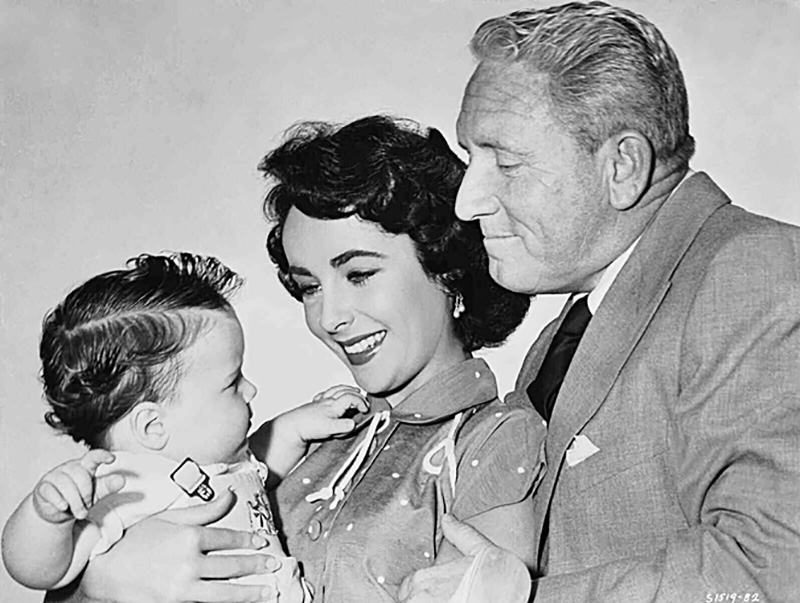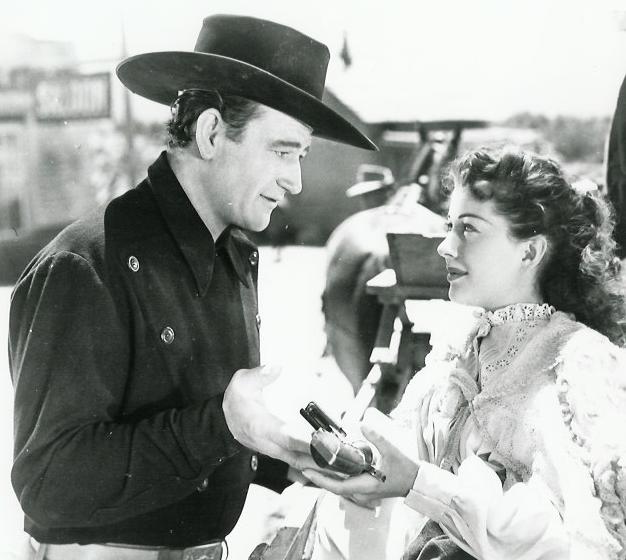The Numbers Game
I hate numbers. I still consider it one of my greatest lifetime achievements to have made it through all of my school years without ever taking calculus. Despite my math aversion, I sure have spent a lot of time obsessing over numbers the last few months. It all started with the daunting number of 1 in 6: the number of couples in the U.S. that have trouble getting pregnant or sustaining a pregnancy and ultimately face the label of “infertile.” While this number illustrates how common the problem is, it does nothing to remove the sting of discovering that you’re part of that unlucky statistic. Then, once you learn that IVF is your only chance at pregnancy, another number comes into focus: The odds of a live birth are between 34 and 42 percent over three cycles of IVF. Another set of numbers that appears promising, until you look closer. That’s less than a 50% success rate over three excruciating, draining, painful, and expensive IVF cycles. It’s hard not to feel discouraged by the sheer girth of the obstacles ahead.
After all the diagnostics and testing and examining and monitoring, the first major step of the IVF treatment cycle is preparing the woman’s body for egg retrieval. The goal here is stimulate the ovaries to create as many follicles as possible, so that the doctors can then go in and retrieve all the eggs from those follicles for hopeful fertilization with the man’s sperm. In theory, the more eggs, the more possibilities for successful fertilization. But it’s a delicate balance - you want to stimulate, but not overstimulate the ovaries, which can result in a tremendous amount of pain and discomfort, and, in extreme cases, severe illness or even death.
The ovaries are stimulated through a careful mix of hormones and medications administered both orally and through self-injection (mostly in the abdomen, but also in the butt muscle). Your fertility team monitors you very closely throughout the process, both with blood tests and transvaginal ultrasounds, and tweaks your prescriptions and dosages as needed. In fact, in the week leading up to my egg retrieval, I was in my clinic eight mornings in a row, and about 10-11 times over the course of the preceding two weeks. While I was grateful for the care and attention I was receiving, the daily 6:30 AM trips to the clinic took their toll on me. I felt like a slave to the system, even if I was there voluntarily.
So for a few weeks, I paid very close attention to numbers - dosages for medications, measurements for mixing and injecting hormones, times of the day I was supposed to take each drug, blood test levels, and follicle counts and sizes. Each night, I injected myself with two to three needles, some that were painless, and some that felt like I was shooting molten lava into my skin. But finally, it was time. My doctor told me that I had a large number of mature follicles, and we were ready for the retrieval. And I was ready for this procedure. By this point, I had 10-12 grape-sized follicles dangling off of each oversized ovary. If that sounds uncomfortable, it is. I swear, I could feel my swollen organs jangling around every time I moved. The bloat and discomfort were REAL. Mentally, it was no different. The daily injections, the hormones messing with my emotions, the obsessing over follicle size and counts - it was all weighing heavily on me and I was anxious for the next step.
I don’t want to gloss over what this process is like. Now that it’s over, it would be easy for me to forget how I felt when I was in the midst of it. It’s rough - both physically and emotionally. Your veins are coursing with off-the-charts levels of hormones; you feel physically out of whack and uncomfortable and endlessly exhausted, like you’re a stranger in your own body; and to top it all off, there’s the worry about the entire process constantly gnawing at the back of your brain. During these few weeks, I felt like a science experiment, a follicle farm, and nothing more than a vessel. Everything about my body and my mood felt entirely out of my control, and for a Type A like me, that was disconcerting to say the least. The process is (hopefully) worth it, but it’s no cakewalk. Remember this if you know someone going through it. They’re not feeling, thinking, or looking like themselves, and they still don’t know yet if they’ll get the outcome they’re hoping for. So be extra patient and gentle with them - trust me, they’ll notice, and they’ll be so grateful.
To prepare for egg retrieval, you are told to inject what’s called a “trigger shot” into your butt muscle exactly 36 hours before the retrieval procedure. I cannot express to you how gravely important it is to time this shot perfectly. When the clinic tells you 9:00 PM on Tuesday, you better make sure that needle is entering your skin at 9:00 PM on Tuesday - not 8:58, not 9:03. 9:00. Numbers, numbers, numbers.
Egg retrieval is an outpatient procedure during which I was given general anesthesia (which, I have to say, I get way too excited about. It just feels like the best nap ever. Anyone else? No? Just me?). I was pretty nervous about it - not that anything bad would happen to me physically, but that they wouldn’t be able to retrieve enough healthy eggs. In full disclosure, I even cried a little on the operating table right after they gave me a relaxant via my I.V. and just before I was put under completely. The last thing I remember is tearing up and my doctor joking, with a warm rub of my leg and a kind smile, that I couldn’t possibly be nervous about this tiny procedure when I had donated a kidney. My reply was “There’s just so much more riding on this…” and then off to sleep I went. And although I was drugged up, that really was the core of what was going on with me emotionally at that point. There was so much preparation and time and money invested, and so much riding on this and it felt like it finally was coming to a head. The nightly injections had taken their toll on me - physically, mentally, and emotionally - and now we were going to see if it was worth it. I worried that it would all be for nothing.
When I was woken up about 25 minutes later and brought to the recovery room, I learned that it wasn’t all for nothing, and again, I cried with relief. My doctor was able to retrieve 24 eggs, 14 of which were mature and were being whisked away for the fertilization procedure and ICSI with Bobby’s sperm. That means we had 14 chances to create an embryo together. And that’s a number I liked very much.
Recovery from the retrieval wasn’t as bad for me as I’d heard it was for many others, but it certainly was no walk in the park, either. And for a couple of weeks after the retrieval, things improved at a snail's pace. My ovaries had to slowly shrink back down to size, and all the stress and hormonal changes of the last few weeks finally caught up to me. I was tired, friends, so very tired. But I had grown 14 baby chances inside of me, and that was reason enough to smile and press on through the pain.
The days following the retrieval were also when the real numbers game began. Nearly daily for the next week, my clinic called with an update from the embryology lab. You see, it’s not enough to retrieve eggs and get as many mature ones as possible. Then you have to see how many fertilize. Then how many of those live and keep dividing until day 3, then day 5, and then, sometimes, day 6. Once you find out how many are still going strong at days 5 or 6, then you can choose to send them off for genetic testing (which we opted for) to see how many are chromosomally normal. Our doctors warned us that at nearly every stage, we shouldn’t be surprised by up to a 50% drop-off rate (or higher). In fact, some people go through this whole process and have zero embryos to show for it when all is said and done. Or, they don’t even end up with enough embryos to send for testing and freezing. As with every step of this process from day one, there were no guarantees, and each day when the phone rang with a call from our clinic, our hearts stopped.
Here’s how it played out:
- 24 eggs retrieved
- 14 mature eggs ready for fertilization with ICSI
- 9 eggs successfully fertilized
- 8 blastocysts remained at day 3
- 7 remained at day 6 and were biopsied for testing and then frozen*
- 4 embryos came back NORMAL from genetic testing
*At this point, you can opt for a fresh or frozen transfer. A fresh transfer means the embryo (or embryos) are transferred back into the woman’s uterus during the same menstrual cycle as the retrieval. This usually takes place on day 3 or, more commonly, day 5 after the retrieval. We opted for a frozen embryo transfer for two reasons: 1. It allowed me to take a break from all hormones and treatments for a few weeks so that my body could be totally clean for the transfer. 2. It enabled us to send the embryos to a lab for genetic testing (which cannot be done with a fresh transfer because it generally takes about two weeks to get results). After a ton of research and talking with our fertility team, we decided this was the best course of action for us and would give us the greatest odds of walking away with a healthy baby.
That 4 number maybe doesn’t sound so hot when we started with 14 viable eggs, but trust me when I say that it is AMAZING. This means that we have four little Melissa and Bobby embryos that are genetically healthy, waiting in a freezer to be transferred back into my uterus to potentially become Baby Andersen. FOUR CHANCES, YOU GUYS. This also means that, as long as my first transfer is successful, we will be able to try for a second (or third, or even, maybe, fourth!) baby without going through the painful egg retrieval process again. And if there’s one upside to going through IVF and having enough embryos to bank for the future, it’s that no matter what age I am when we try for our next kid (assuming we end up with one!), I will be doing so with my 33-year-old eggs (as opposed to whatever age I am when we try again). It’s like my biological clock has been frozen in time. Science is pretty cool, isn’t it?
But the numbers game isn’t over. The embryo transfer is next, and that’s when things get really real.























